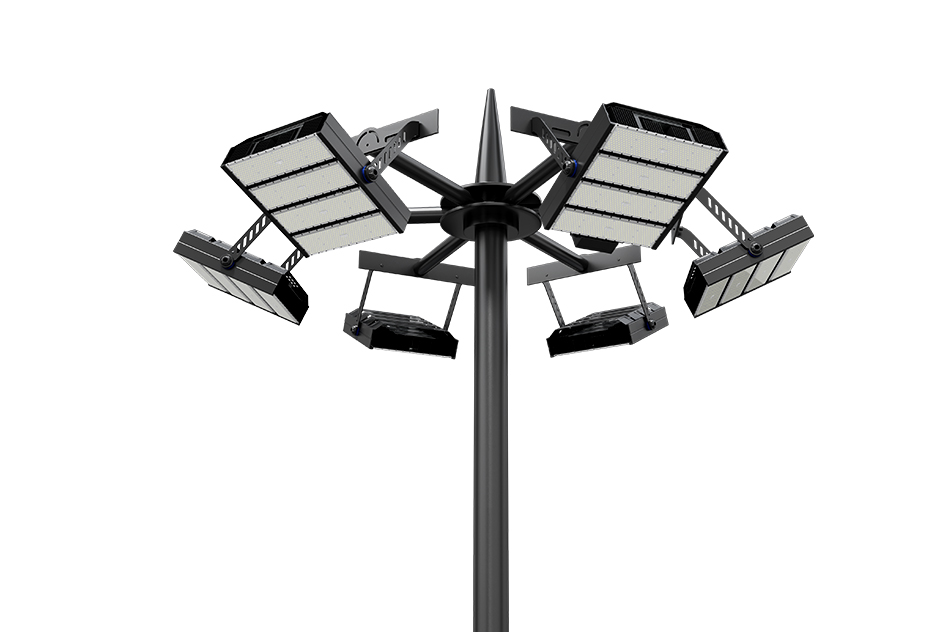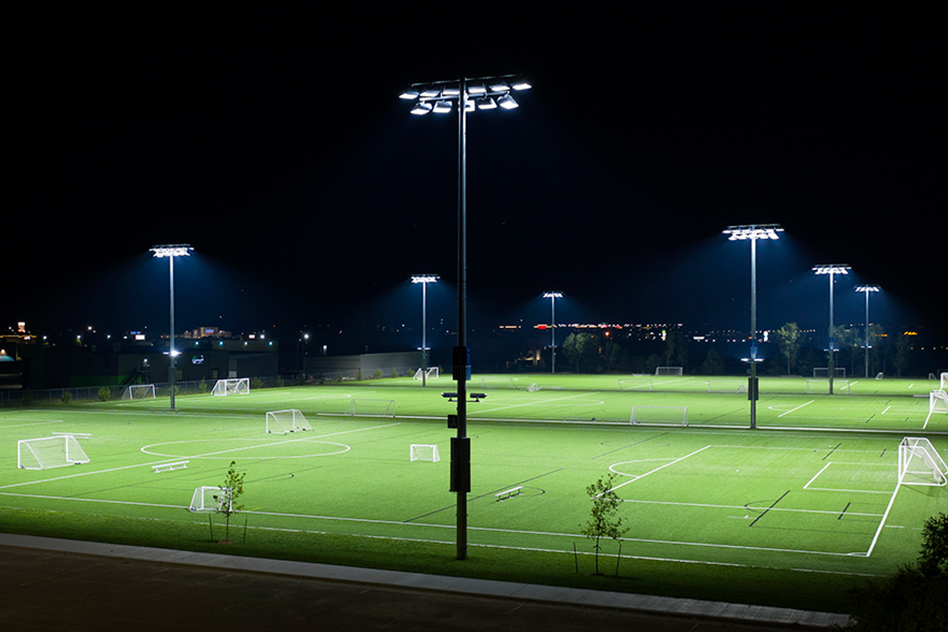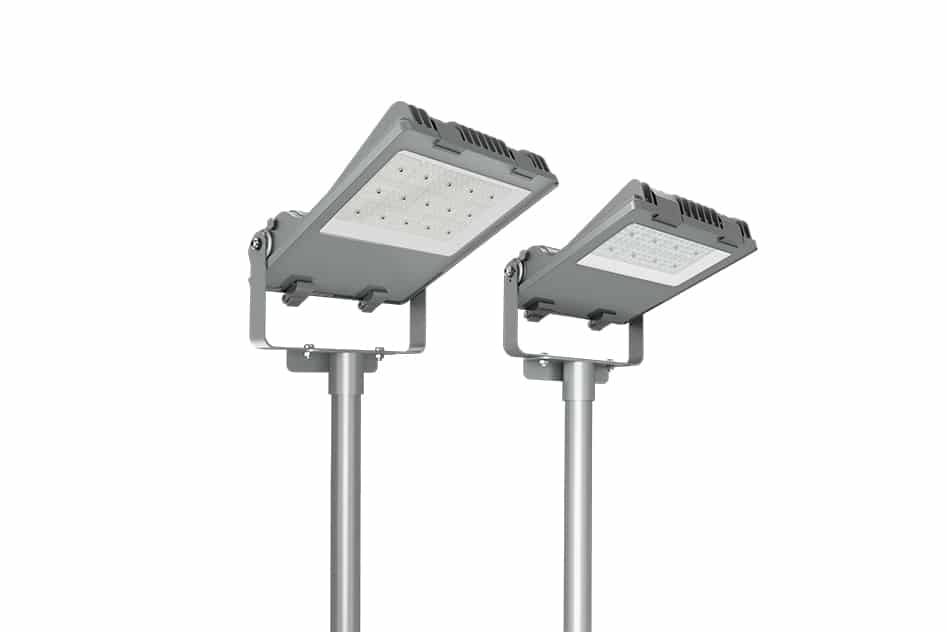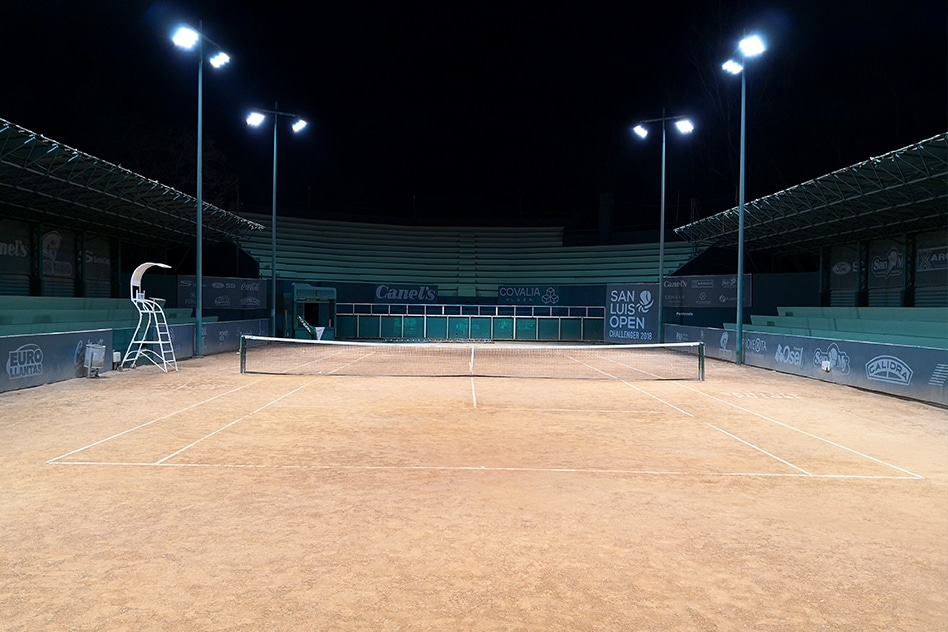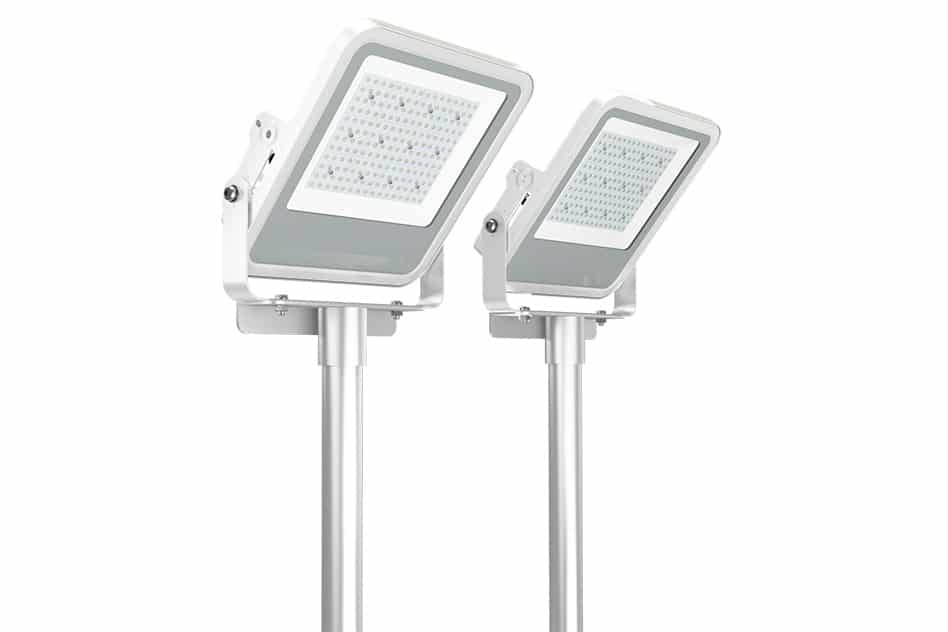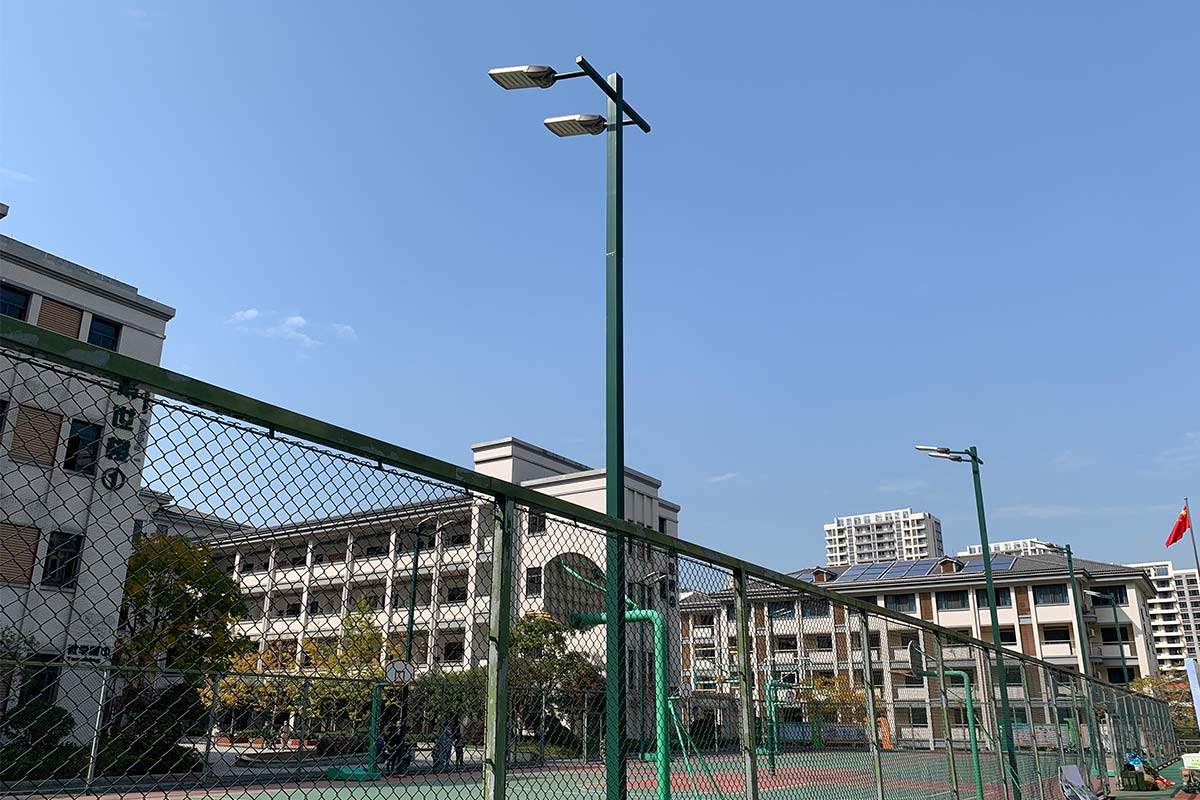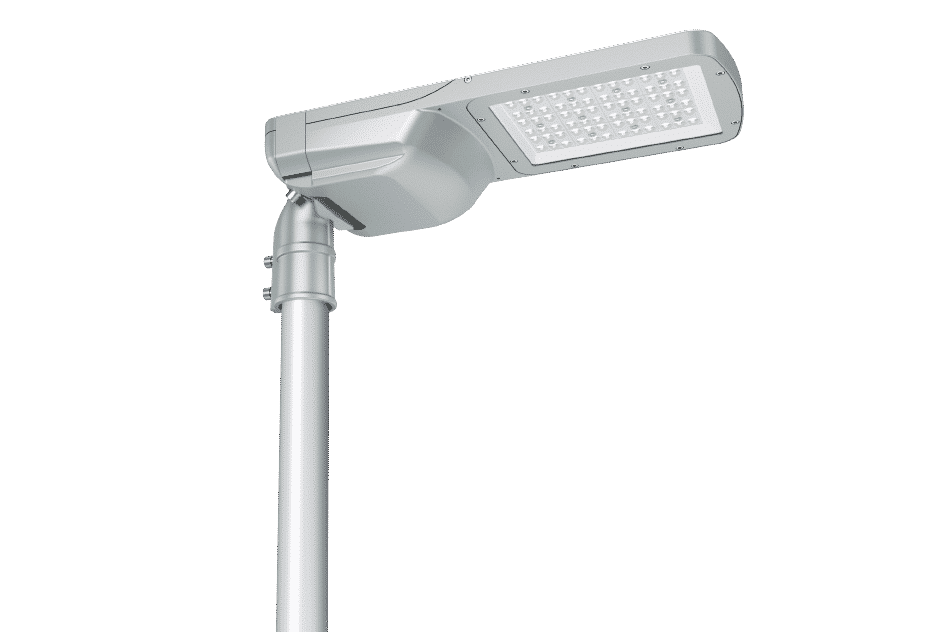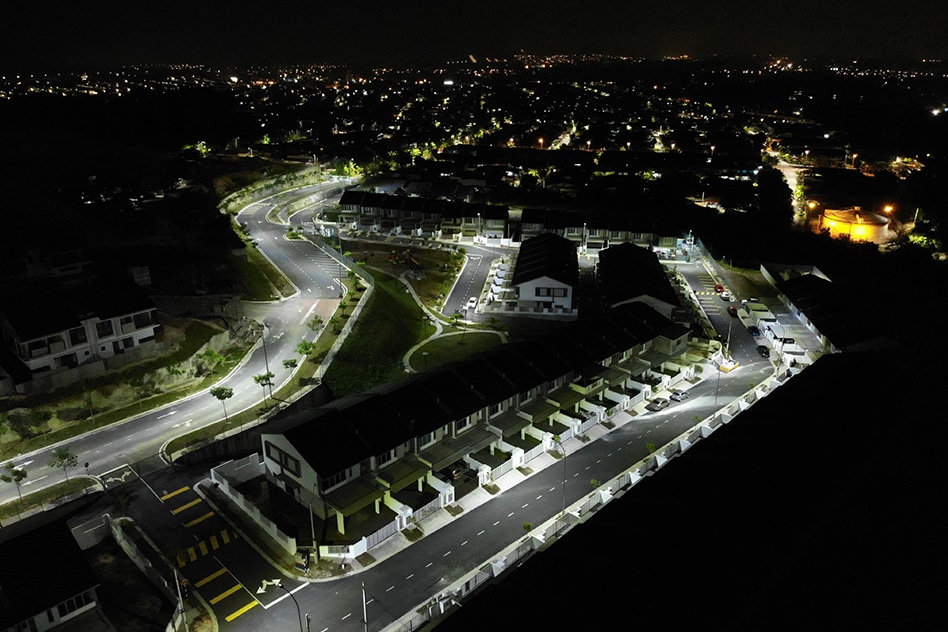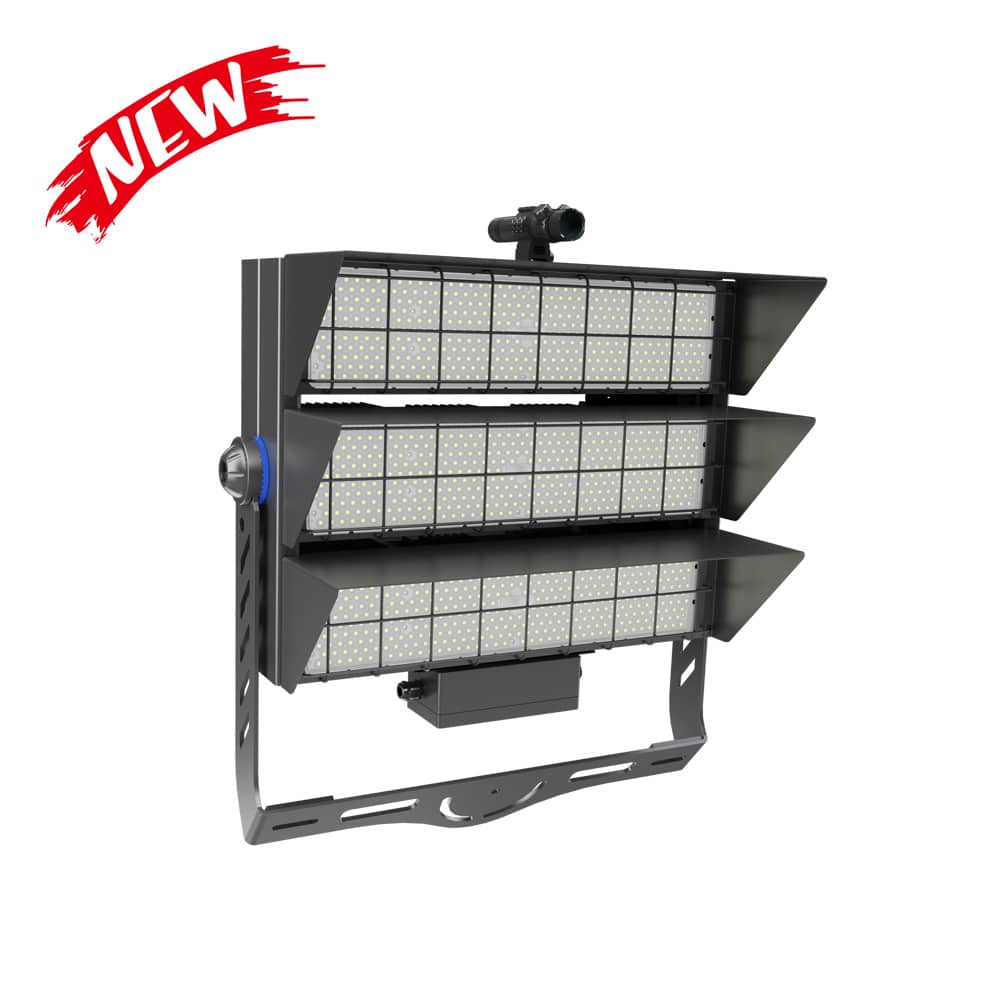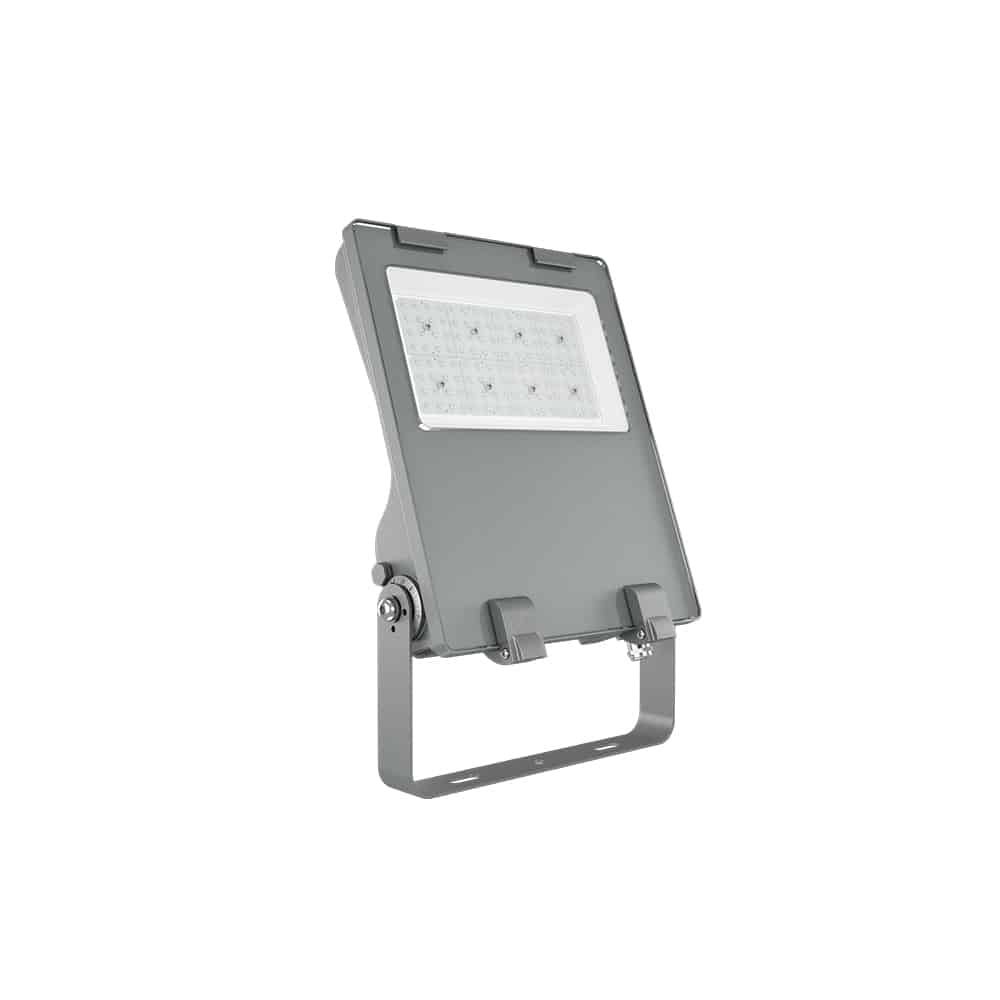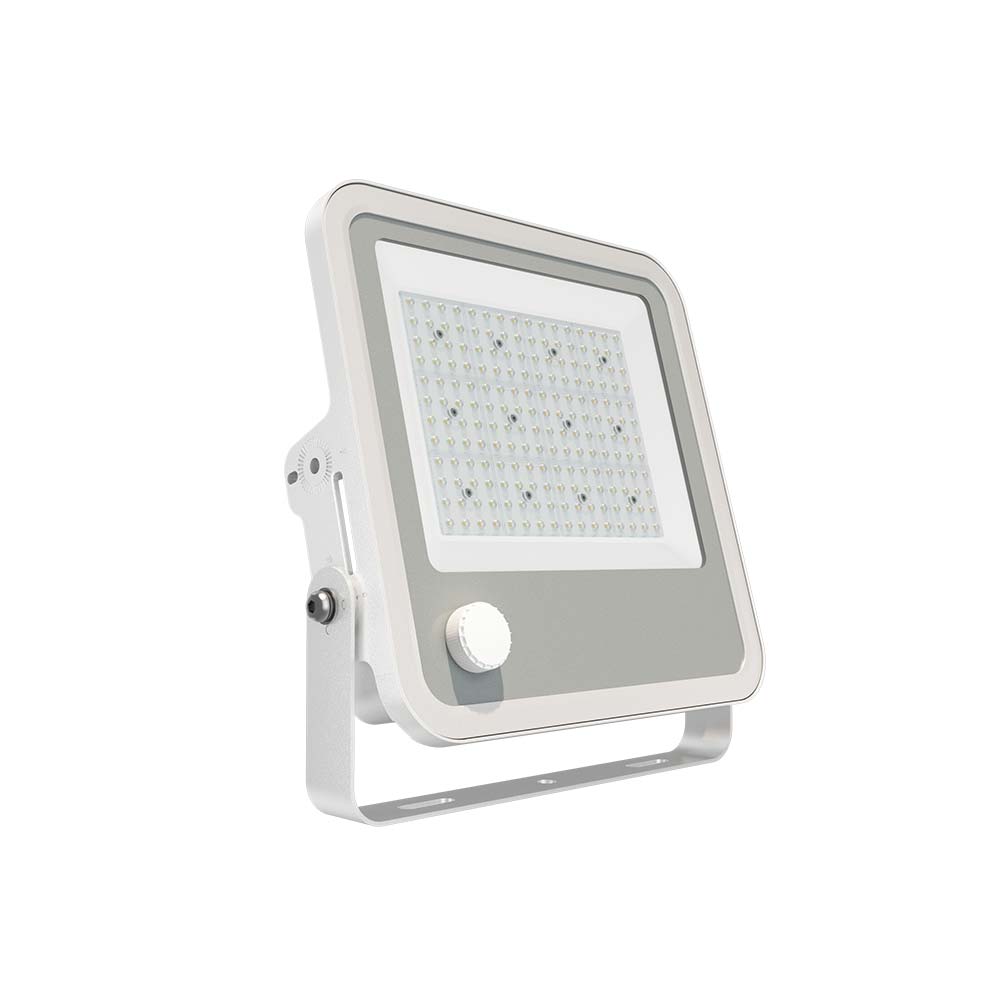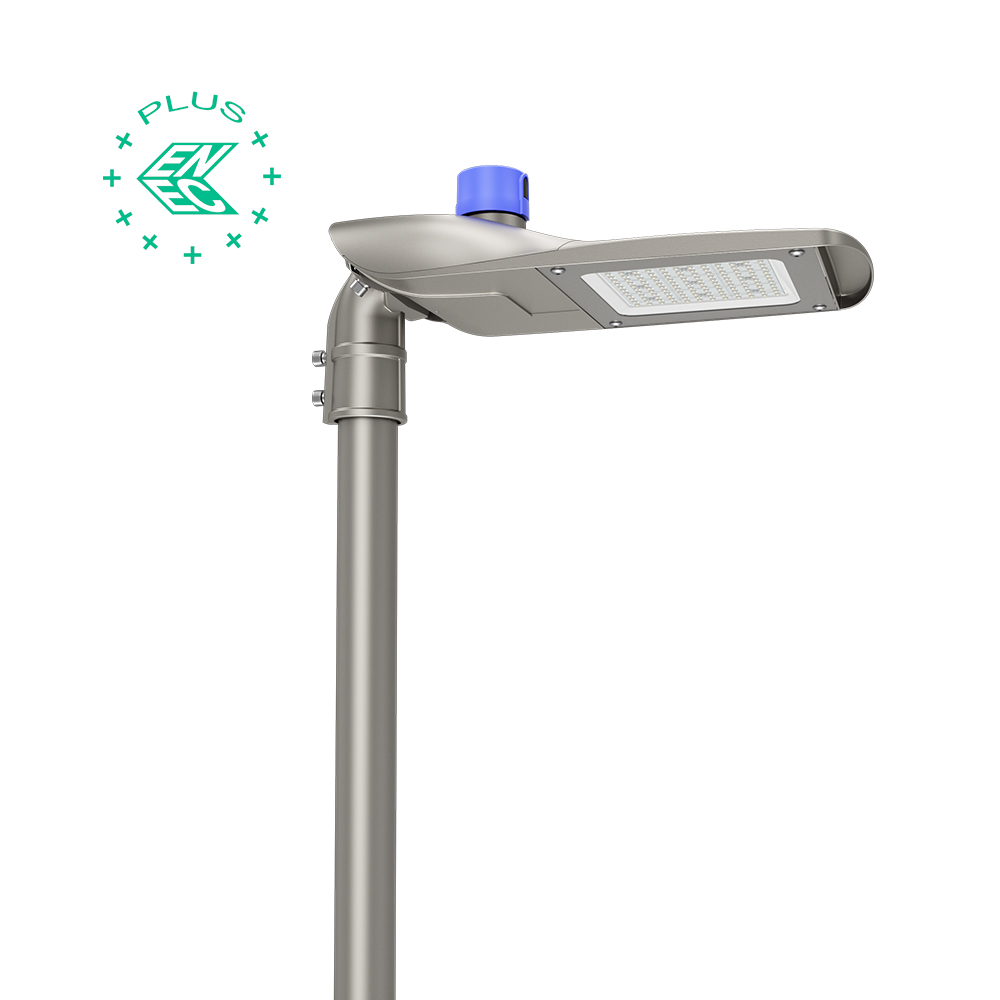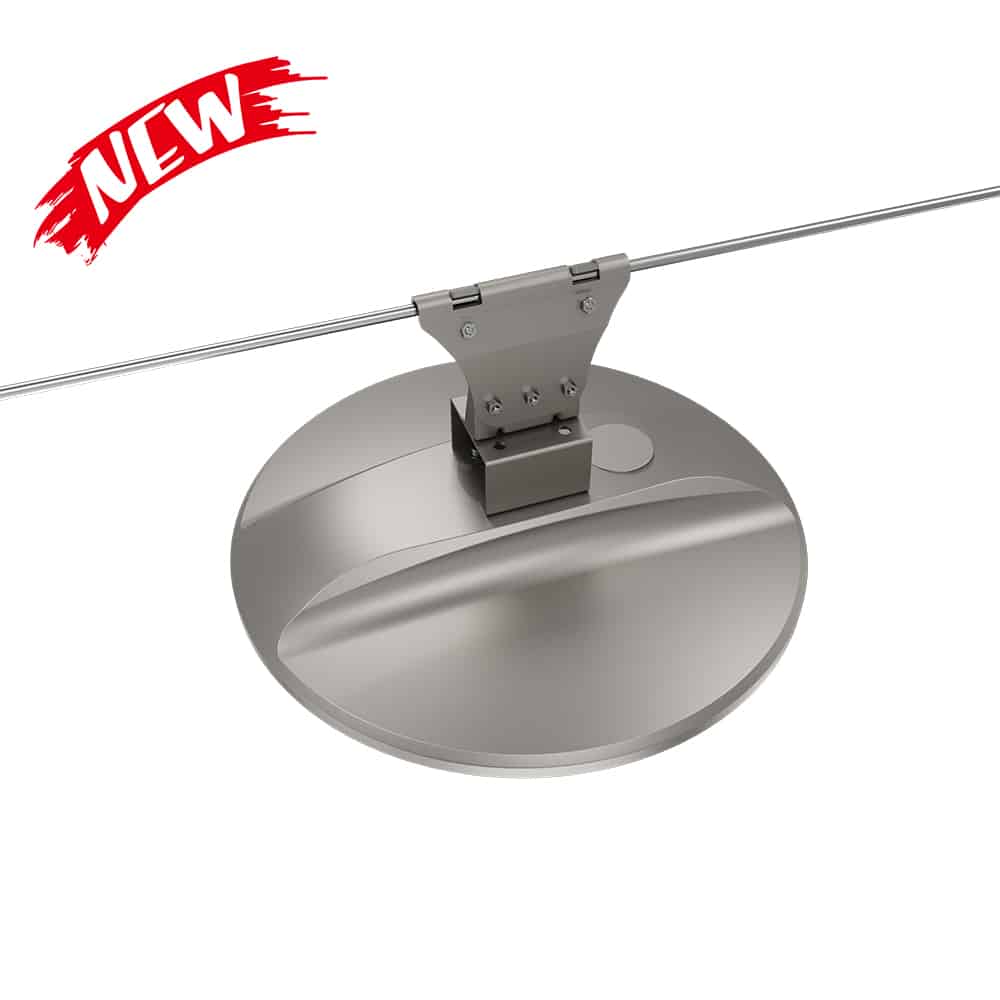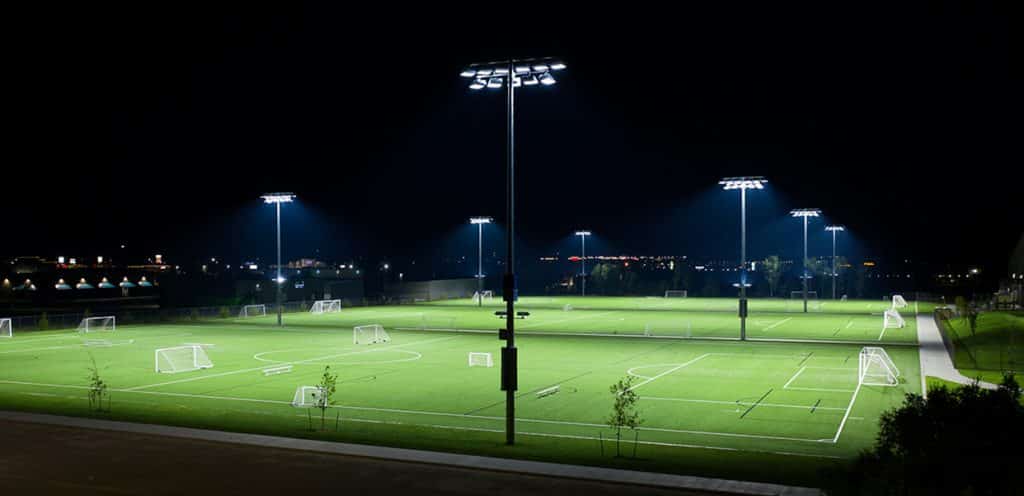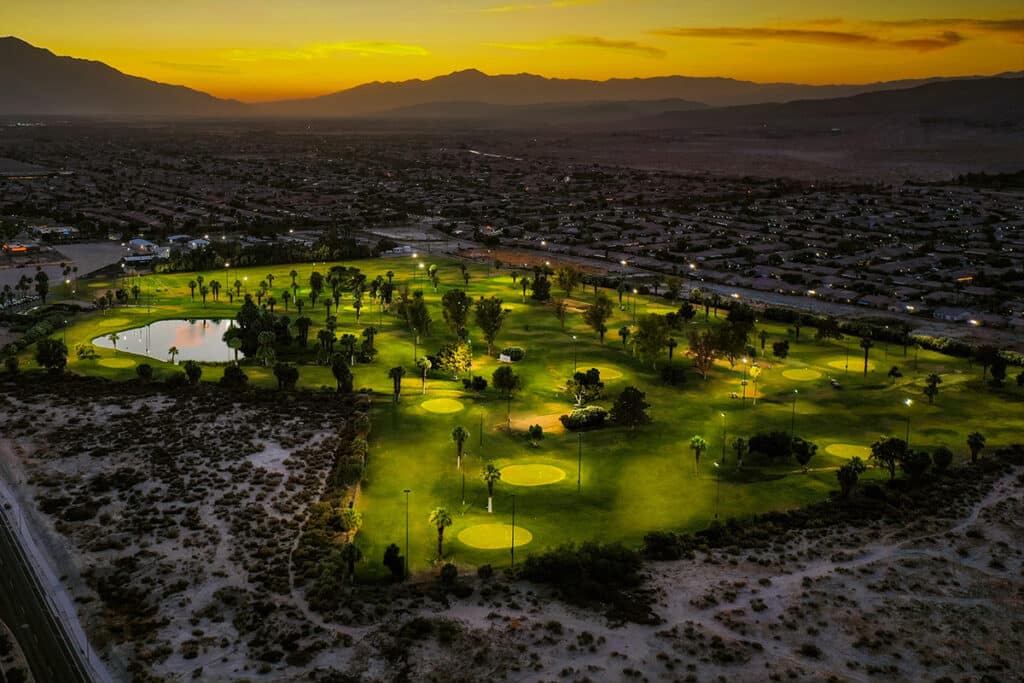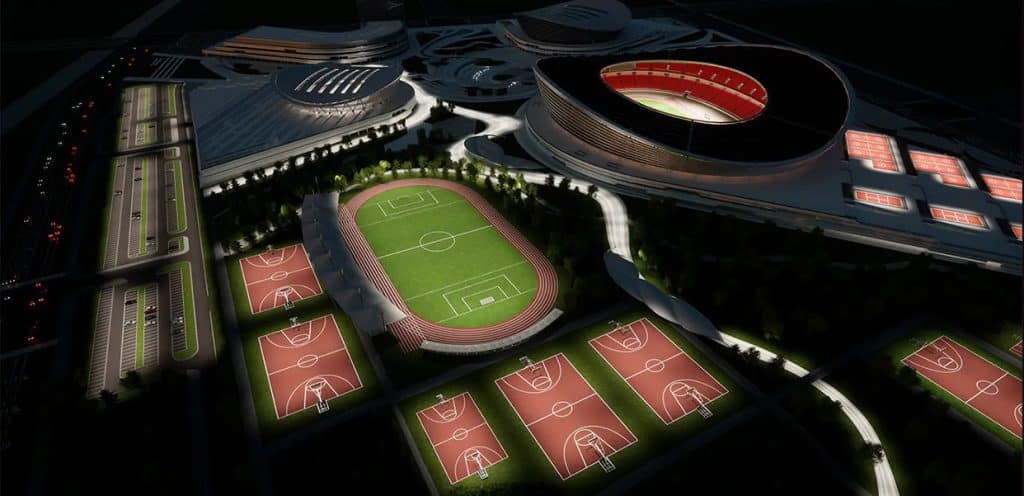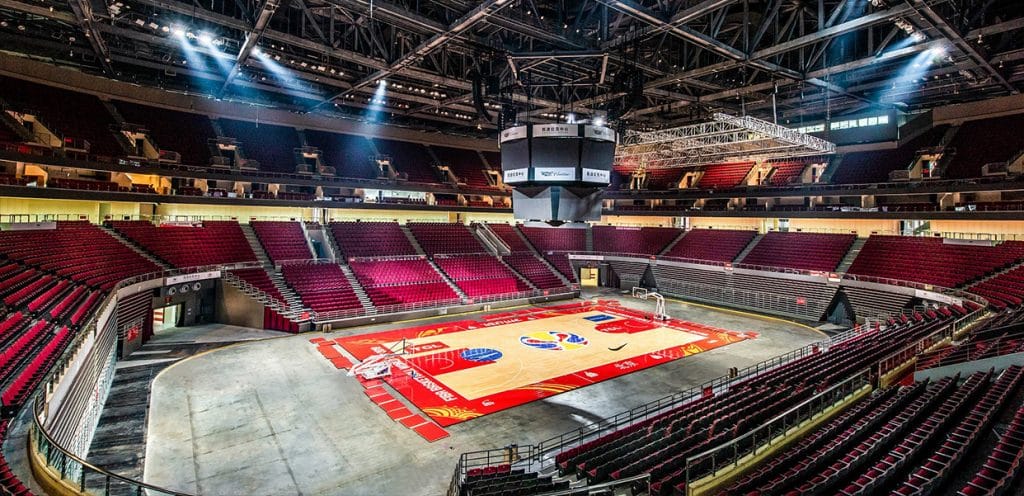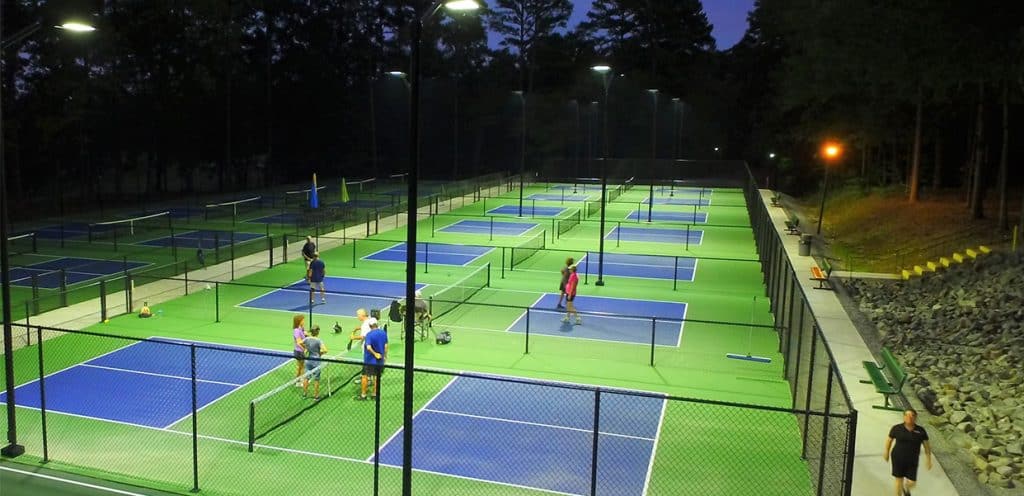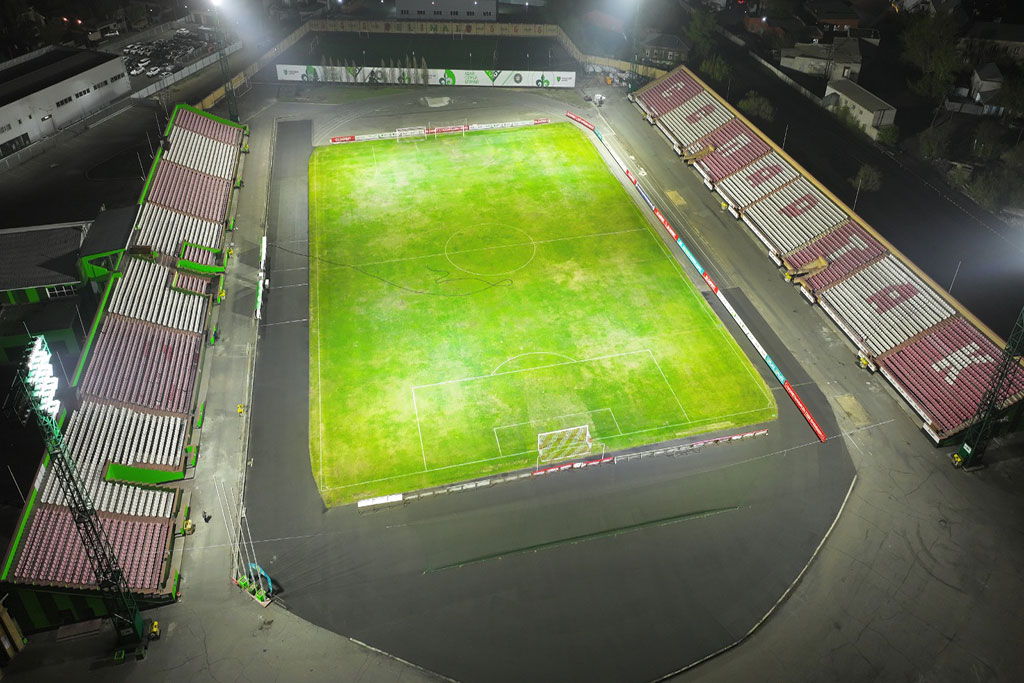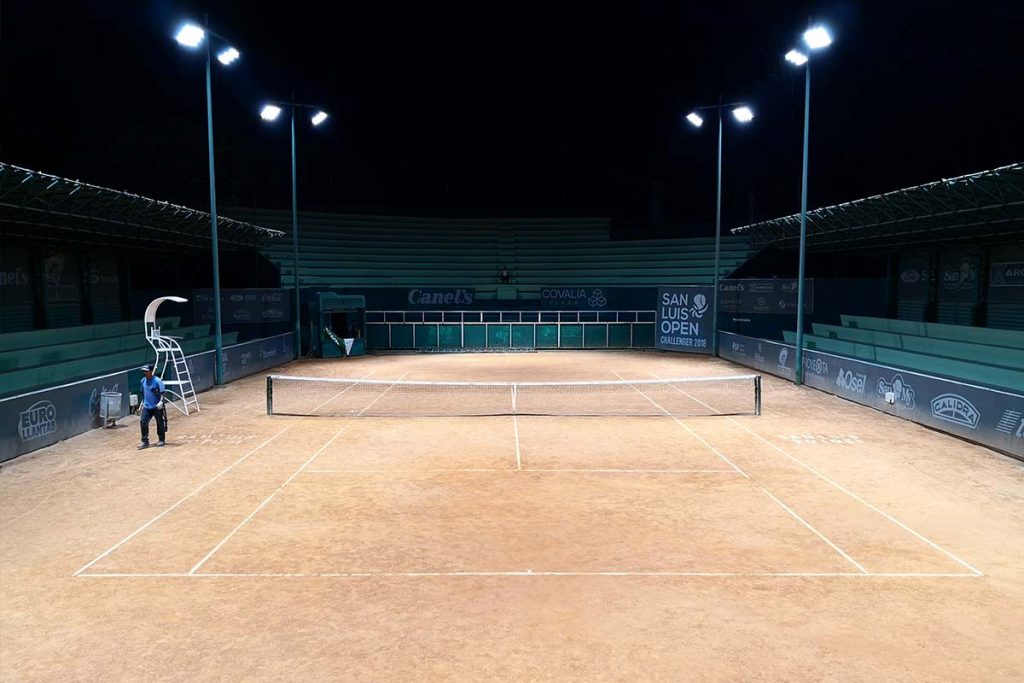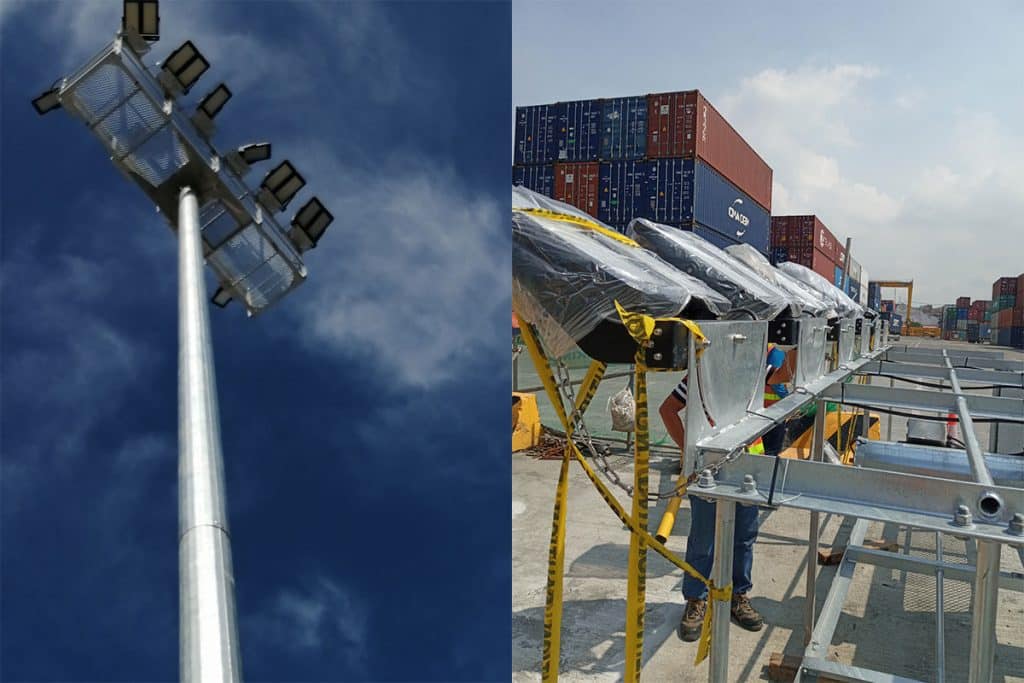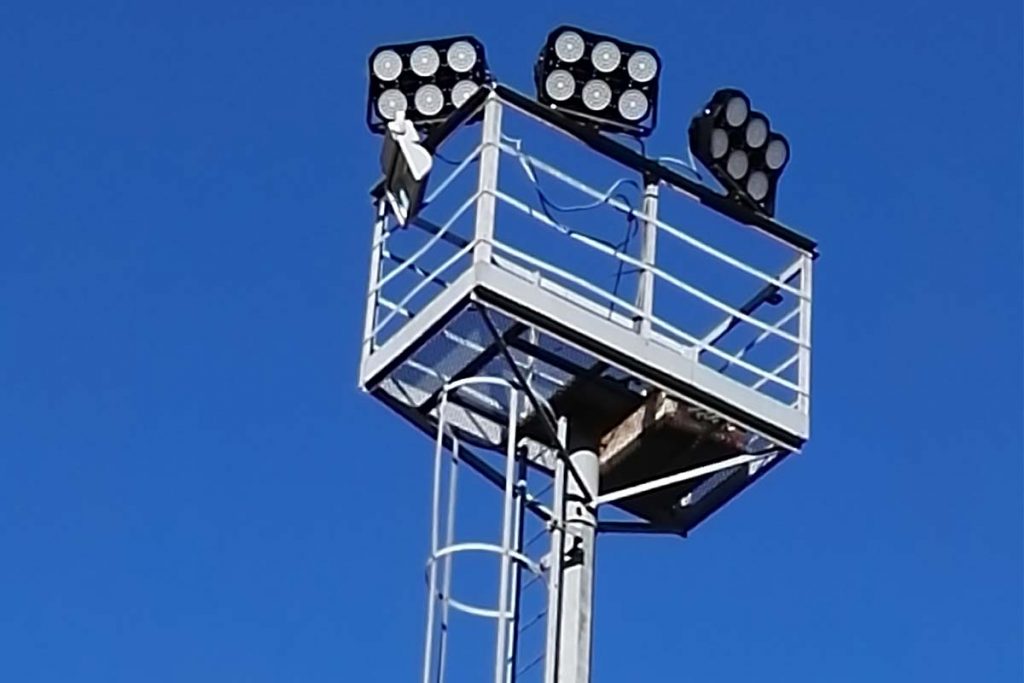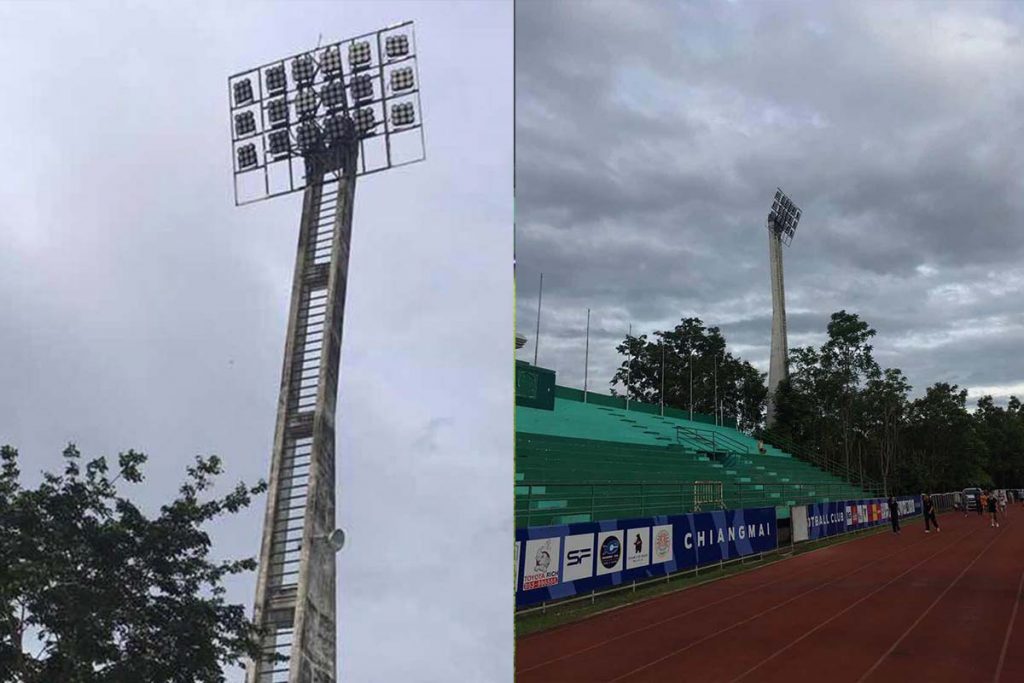Find right sports lighting fixtures for your sports complex
Find right sports lighting fixtures for your sports complex
Introduction
Lighting is one of the key factors for good sports performance, as it improves the concentration, performance and motivation of athletes. In addition, sports spaces must have very uniform and glare-free light to promote the development of activities in an optimal and safe way. Different sports stadiums (such as football fields, tennis courts, basketball courts, handball courts) have different lighting requirements, among which the most important parameters are illumination, uniformity and glare, etc. Of course, the stadium also has requirements for CCT and CRI, etc. In addition, in professional competitions with cameras and advertisements, the design of lighting is more complicated. In this case, it also has requirements for vertical illuminance, TCLI and light pollution(Please check what’s lighting pollution and how to reduce it), etc. This article mainly explains the basic lighting requirements of different sports stadiums ( LED lighting standards for stadiums ), the meaning of each parameter, and what services ZGSM can provide to customers in practical applications (including lighting standard selection, sports lighting fixtures selection, lighting design(Find more information about lighting design), etc.).
Lighting standard for sports lighting
EN 12193 and IESNA RP-6-22 are both lighting standard documents for stadium lighting. The former is called Light and lighting – Sports lighting ( ZGSM provides the sports lighting solution ), and was developed by the European Committee for Standardization (CEN). The full name of IESNA RP-6-22 is IES RP-6-22 Recommended Practice for Sports and Recreational Area Lighting, and it was issued by the Illuminating Engineering Society of North America (IESNA). In addition to EN12193 and IESNA RP-6-22, other organizations such as FIFA, UEFA and AFC also put forward additional lighting requirements for stadiums in corresponding regions. Due to space limitations, we only discuss the differences between the two (EN12193 and IES RP-6-22) in terms of lighting requirements for football fields. EN12193(here are more sports lighting standard as per EN12193) has Class I, II and III requirements for outdoor football fields, while RP-6-22(RP-6-22) has Class I, II, III and IV requirements for outdoor football fields. Below are the details in these two standards.
| Outdoor | Reference area | Number of grid points | ||||
| Length-m | Width-m | Length | Width | |||
| Football | PA | 100-110 | 64-75 | 19-21 | 13-15 | |
| TA | 108-118 | 72-83 | 21 | 13-15 | ||
| Lighting class | Horizontal illuminance | RG | Ra | |||
| Ehor Ave-lx | U2 hor | |||||
| I | 500 | 0.7 | 55 | 70 | ||
| II | 200 | 0.6 | 55 | 60 | ||
| III | 75 | 0.5 | 55 | 60 | ||
| According to Standard of EN 12193: 2018 | ||||||
| Sport | Class of play | Horizontal | Vertical | Uniformity | |||
| Lux | fc | Lux | fc | CV | Max/Min | ||
| Soccer | I | 750 | 75 | N/A | N/A | 0.13 or less | 1.7:1 or less |
| II | 500 | 50 | N/A | N/A | 0.21 or Less | 2.5:1 or Less | |
| III | 300 | 30 | N/A | N/A | 0.25 or Less | 3:1 or Less | |
| IV | 200 | 20 | N/A | N/A | 0.3 or Less | 4:1 or Less | |
| According to Standard of RP-6-15 | |||||||
To ensure your sports complex lighting meets recognised standards, we also recommend our detailed guide on LED sports lighting as per EN12193 standard which explains how to comply with illuminance, uniformity and glare criteria.
Horizontal and vertical illuminance in sports lighting
Illumination is the most basic requirement, which determines whether the stadium can meet the lighting needs of athletes and spectators. EN12193 has three levels of illumination requirements, namely 75lux, 200lux, and 500lux, while IESNA RP-6-22 has four levels of illumination requirements, ranging from 200-750lux. However, neither of them has any requirements for vertical illumination. FIFA has made clear requirements for vertical illumination in stadiums with camera requirements. In addition, in order to obtain good lighting, it is usually necessary to consider not only the illumination of the stadium itself, but also the influence of lighting on surrounding areas (such as residential areas and the sky).
Uniformity of sports lighting
Uniformity(What’s uniformity and how to improve it) is a measure of how evenly lighting is distributed in a specific area. For sports venue lighting, uniformity is to ensure that the entire venue can obtain consistent light intensity to avoid areas that are too bright or too dark, which is crucial for the performance of athletes and the visual experience of spectators. There are also slight differences in the uniformity requirements between EN12193 and RP-6-22. For example, the uniformity defined by EN12193 = Emin / Eave, Class I requires 0.7, Class II requires 0.6, and Class III requires 0.5. The uniformity defined by RP-6-22 is UR, which is uniformity ratio. It is a measure of lighting quality, and it is defined by a ratio of the highest and lowest calculated or measured illuminance values. Uniformity Ratio (E max /E min ) = E maximum / E minimum.
Glare and light pollution in sports lighting
Glare is the sensation caused by the brightness within the field of view, which is much greater than the brightness to which the eyes are adapted. When glare is excessive, it can cause discomfort, reduce visibility, and even momentary blindness. Glare may be caused directly by lamps or indirectly by reflections from surrounding surfaces within the field of view. The glare level is mainly affected by four main factors: brightness, position, light distribution, and quantity of visible light sources. For more details, please refer to the article UGR, GR, Ti. In order to avoid glare for players on the field, cameras, and spectators in the stands, it is necessary to comply with the GR values specified in the EN-12193 standard. For observers. The glare level is expressed from 10 (no glare) to 40 (high glare) to 60 (unacceptable). For example, the EN12193 standard requires a Glare of <55 for outdoor football fields. In the IES standard, there is an introduction to Glare, but it does not say how much GR is appropriate.
CRI and TLCI in sports lighting
CRI is the abbreviation of Color Rendering Index, while TLCI is the abbreviation of Television Lighting Consistency Index. They are both used to evaluate the color rendering effect of light sources in different application scenarios. Among them, CRI is mainly aimed at the perception of the human eye, while TLCI focuses more on the color processing of camera equipment. We can understand CRI as a more general color rendering evaluation standard, which is suitable for most lighting scenarios, while TLCI is tailored for broadcasting and film production environments, and specifically considers the color reproduction characteristics of cameras. Generally speaking, the higher the CRI, the higher the TLCI. EN12193 has requirements for the CRI of various stadiums. For example, the football field has a CRI>70. If there is a TV broadcast requirement, its CRI is required to be>80 or even>90. Regarding TLCI, neither of these two standards mentions it. If you are interested, you can learn about it yourself.
Sports lighting design for different sports field
Dimension of sports field and position/height of poles
The size of the stadium has a great impact on lighting. Larger stadiums require more lamps, while smaller stadiums can appropriately reduce the number or wattage of lamps. Therefore, before designing the stadium lighting, we need to clarify the size of the stadium to ensure that the lighting simulation is in line with the actual situation. Similarly, the position and height of the light poles also affect the lighting result (illuminance), but it affects the uniformity and glare more. Therefore, before the lighting simulation, the position and height of the light poles must be clarified to ensure that the installation effect is similar to the simulation effect. For example, the size of a football field is usually 100 meters to 110 meters long and 64 meters to 75 meters wide. The standard size recommended by FIFA is 105 meters in length and 68 meters in width. The position of the light poles will vary according to the lighting requirements. The following are typical light pole position distribution and height of standard 105x68m football field(Go and check to see more about football field lighting).

Select the suitable lighting standard for your sports field
The amount and quality of lighting required for a sports venue depends on a variety of factors, including the skill level of the participants, age, and number of spectators. In addition, other factors such as individual sports organizations, video broadcasts, or television broadcasts also affect lighting requirements. Generally speaking, as the skill level increases, athletes and spectators have higher and higher requirements for the lighting environment. There is a correlation between the size of the lighting venue and the level of competition, that is, higher skill levels tend to attract more spectators, so larger venues are required. In addition, higher skill levels will also increase with the number of spectators, and their distance from the venue will also increase, so they need higher illumination to watch the entire game process. IESNA RP-6-22 generally selects the corresponding lighting level according to the number of spectators, for example, Class III or Class IV can be selected for 2,000 or less spectators, Class II can be selected for 2,000-5,000 spectators, and Class I can be selected for more than 5,000 spectators or with video requirements. EN12193 is relatively more general, so if you are interested, please contact us.
| Sports facility | CLASS | |||
| I | II | III | IV | |
| Professional | X | |||
| College | X | X | ||
| Semi-Professional | X | X | ||
| Sports Clubs | X | X | X | |
| Amateaur Leagues | X | X | X | |
| High School | X | X | X | |
| Training Facilities | X | X | ||
| Elementary School | X | |||
| Receational Event | X | |||
| Social Event | X | |||
Types, wattages and lens selection of sports lighting fixtures
After the stadium size and lighting requirements are confirmed, we can design the lighting based on this information. Under the premise of meeting the corresponding requirements, it is very necessary to reasonably select the type of lamps, wattage and lenses(What’s lenses and light distribution). Successful solutions often meet customer needs with the lowest wattage, relatively few lamps and the highest cost performance. In simple terms, illumination, uniformity and glare are objective requirements, and lamp wattage, quantity and price can be optimized. We will expand on the relevant content in the application examples.
Different sports fields of the sports complex
The following is a project request received by ZGSM, which is a sports complex. There are various courts in the sports complex, including football, tennis, handball and basketball courts. In the customer’s CAD drawings, there are size information of each court, and the customer also specified the height and position of the light poles, which also facilitated our modeling of each court. In this project, the customer did not make clear requirements for illuminance and uniformity. However, the customer provided an important information, that is, the wattage of the original lamps was 2500W and 1000W metal halide lamps. ZGSM suggested that the customer replace them with 900W and 600W LED flood lamps(More information about ZGSM flood lighting solutions) to verify whether the lighting can meet the requirements of each court. Below we explain each court one by one.
Football field lighting
The largest stadium in the sports complex is a football field, which is 100*64m in size. The information given by the customer is that the venue occasionally hosts some small events and some training, and is mainly used for entertainment in some cases. At the same time, the customer made a special request, because there are residential areas around the venue and the lamp poles are high (16 meters, 4 poles in the corners, 2 on the sidelines), the customer hopes to reduce the impact of night lights on residential areas. Based on this information, we designed the lighting of the stadium, and the results showed that 32 pieces 900W Glomax(ZGSM new high mast lighting – Glomax) can evenly and reasonably illuminate the entire stadium. In addition, we used an asymmetric light distribution, and we saw ULR=0 in the lighting simulation, which means the impact on the surrounding residential areas will be relatively small. At the same time, the GR value is also low, which can reduce glare ( Find more to know how to reduce glare, etc. ) , which is not only beneficial to the athletes’ competition, but also to the spectators’ viewing.
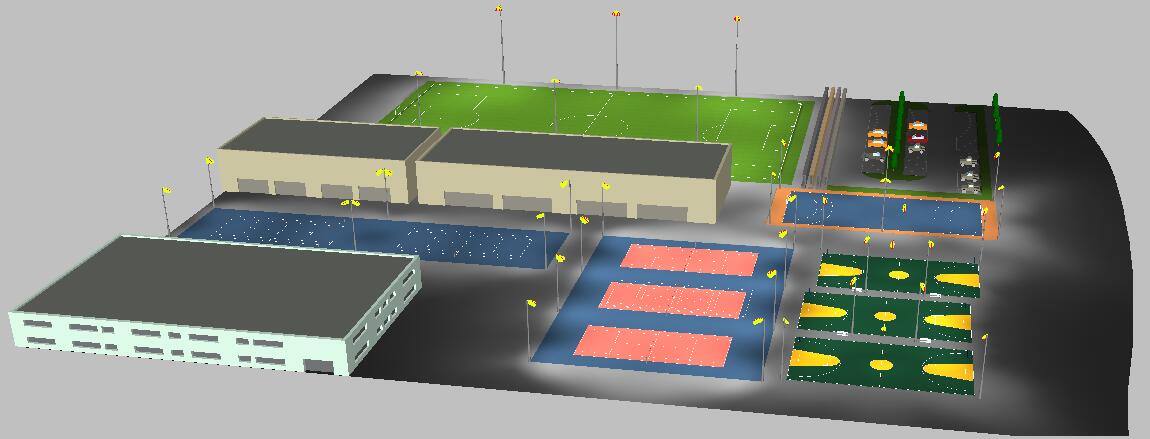
Tennis court lighting
There are 5 standard tennis courts in the sports complex, all with a size of 36*18 meters. Four sports lighting fixtures ( Please review the video of LED Sports Field Lights ) are needed to illuminate one court. Three of the courts are for competitions. Through lighting simulation, we concluded that the illumination of eight 400W Zoom floodlights is 613lux, and the uniformity is 0.74, which meets the lighting standard of Class I tennis courts(Find the right tennis lighting solution here) in EN12193. The other two courts are for training. The lighting simulation results show that the lighting results obtained by four 240W floodlights ( Please view the video of the DOB flood light ) are as follows: illumination>306lux, uniformity>0.73, which can also meet the requirements of EN12193 for training tennis courts.
Handball lighting
The sports complex has a standard handball court with a size of 44*22 meters. There are 6 light poles around the court, and 8 floodlights need to be installed to illuminate the entire court. Through preliminary calculations (the number of lamps is small), we may need to use high-wattage Glomax to illuminate this handball court. The final result shows that 8 pieces 750W Glomax are installed, the illumination is 618lux and the uniformity is 0.72, which meets the customer’s requirements. Considering the budget and the high illumination(618lux is much higher than 500lux), through optimization ZGSM finally recommends the customer to use 8pieces 600W Glomax, with an illumination of 503lux (Please note maintenance factor is 0.9, and what’s maintenance factor?) and a uniformity of 0.72.
Basketball court lighting
There are three standard basketball courts in the sports complex, all with a size of 32*18 meters. These courts are mainly used by citizens for nighttime entertainment, so the lighting requirements are not particularly high. Originally, there were four lights on the poles around the courts to illuminate each court. Through lighting simulation, we concluded that the illumination of four 240W floodlights(More information about ZGSM Zoom flood lights for small or medium sports field) is 205lux and the uniformity is 0.73. Both the illumination and uniformity meet the lighting standards of EN12193 for basketball courts Class III, and the cost of the solution is also very low.
ZGSM sports lighting fixtures
Summary
Sports lighting simulation is relatively complex. You need to know the size of the stadium, the height of the light pole, the number of lamps that can be installed on the light pole, the lighting requirements of the stadium, the budget of the project, etc. If your sports lighting ( How to do sports lighting design? ) involves a sports complex, which includes football fields, tennis courts, basketball courts, cricket fields ( Explore ZGSM’s LED floodlights for cricket stadium lighting ), baseball fields( Baseball lighting design – standard, layout and ZGSM solution ), etc., then it will be more complicated. Of course, if you learn the above knowledge, you can help your stadium get more reasonable illumination, higher uniformity, lower glare, and reasonable CCT, CRI, ULR and TLCI through your own efforts, then your design will be successful. Finally, your quotation meets the project budget, then you are one step closer to success. Do you have any sports in mind? We can help you plan this project from start to finish, including the selection of sports lighting fixtures, confirmation of lighting standards and stadium information, lighting design ( Explore the design steps for golf course lighting ), and solution quotation, etc. Contact us now for more support.
Related Products
Related Blogs
Related Cases
People also ask
Author introduction
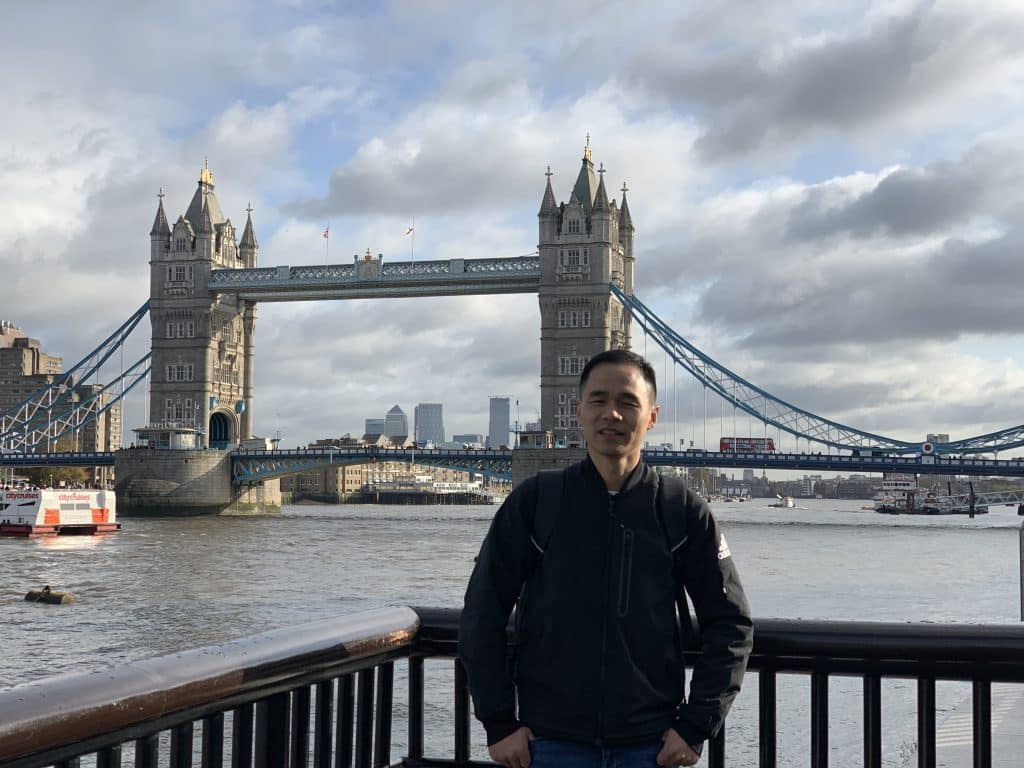
Hello Customers,
My name is Taylor Gong, I’m the product manager of ZGSM Tech. I have been in the LED lights industry for more than 13 years. Good at lighting design, street light system configuration, and bidding technology support. Feel free to contact us. I’m happy to provide you with the best service and products.
Email: [email protected] | WhatsApp: +8615068758483

